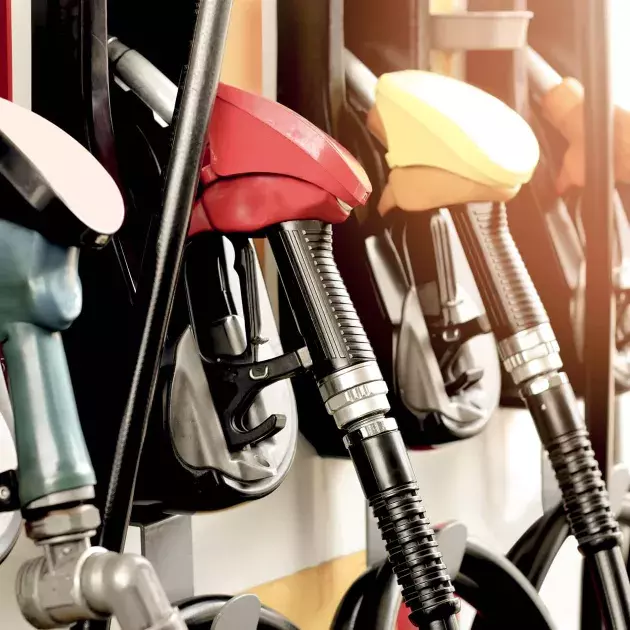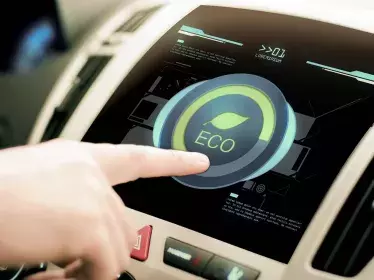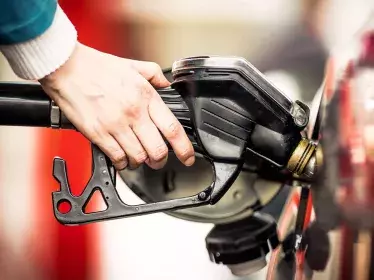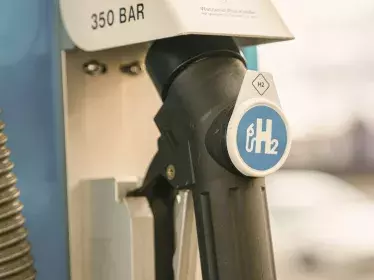There are ways to replace oil with synthetic fuel. Whether petrol or diesel, it is entirely possible to create them artificially with chemical reactions using electricity, biomass or carbon taken from the air or recovered. The principle is to recreate hydrocarbon chains.
The fundamental process is electrolysis. This also produces hydrogen. Instead of storing it for later use, this hydrogen can be used to manufacture synthetic fuel in combination with CO2. This e-fuel has the same characteristics as its petroleum equivalent. Therefore, internal combustion engines can use it without any problems. At the same time, it has the advantage of being fossil-free. It can also be cleaned to produce (much) lower exhaust emissions and particulates. But it is still a form of internal combustion. To be fully 'green', the engines need to be equipped with the latest technology, including NOx trapping technology.
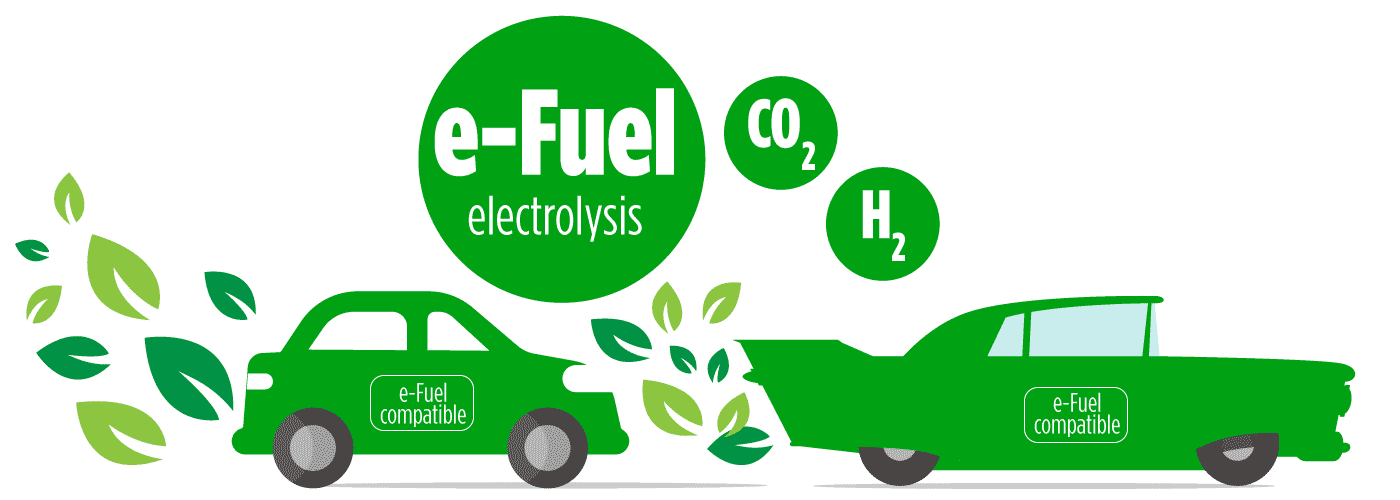
But what is the advantage of e-fuel? The main, and by no means the least important one, is its carbon neutrality. For a fuel to receive the e-fuel label, decarbonisation must take place throughout the entire process: production, storage, transport and distribution. This will offset the carbon oxides released as a result of combustion in the engine.
E-fuel is likely to have a future as it helps to preserve current cars whilst reducing their environmental impact, and keeps our 'modern classics' and 'vintage classics' running. There are also opportunities for use in road, sea and air transport.


